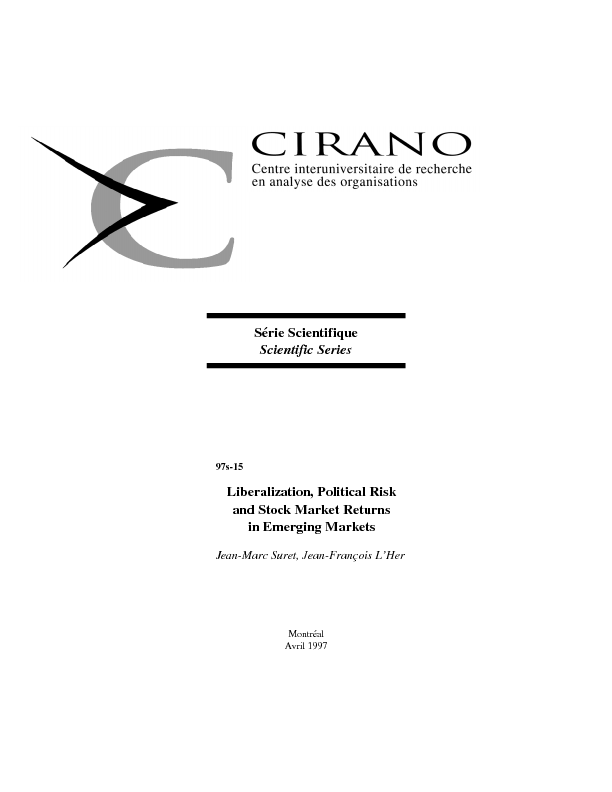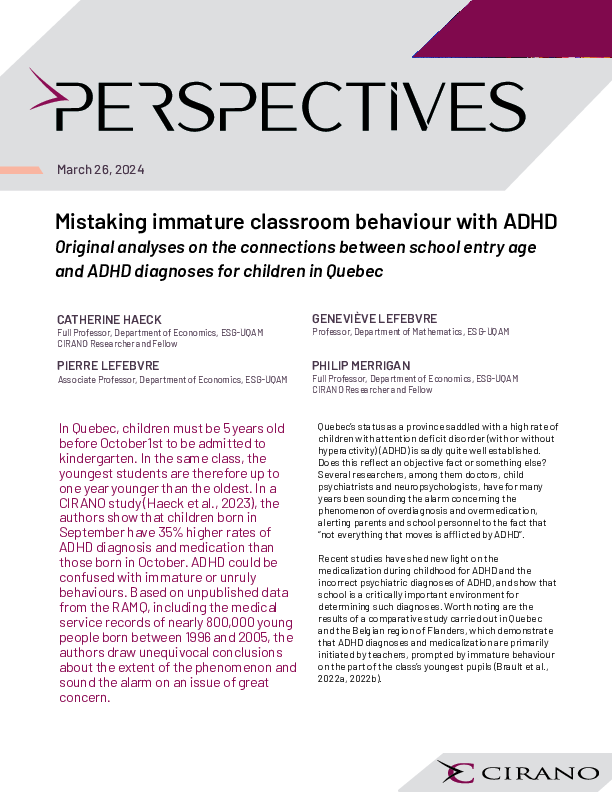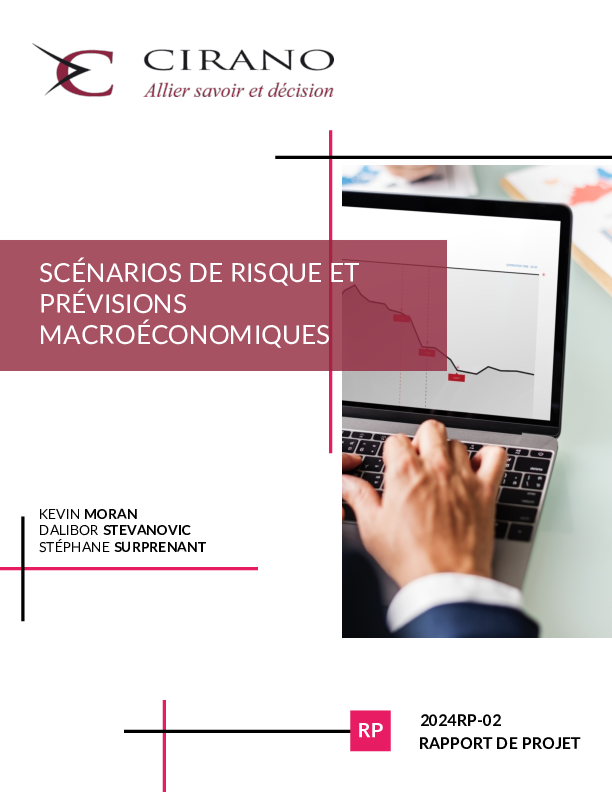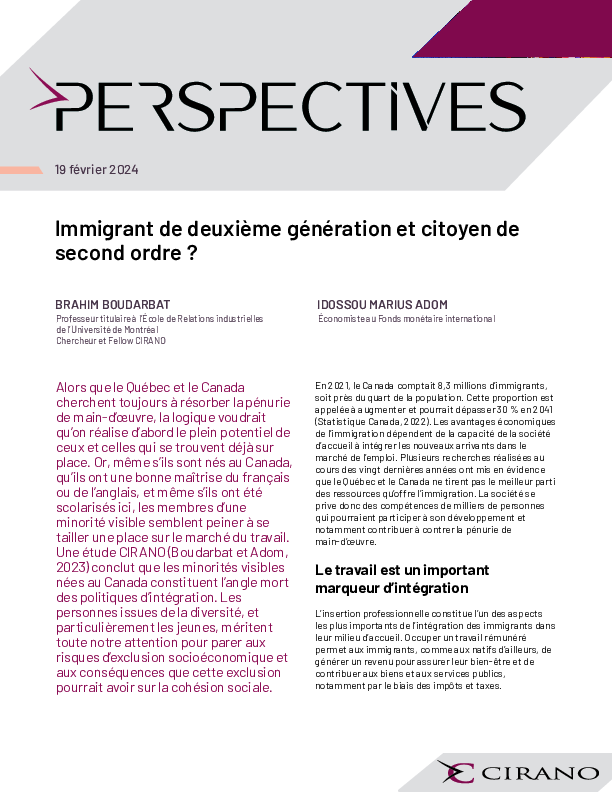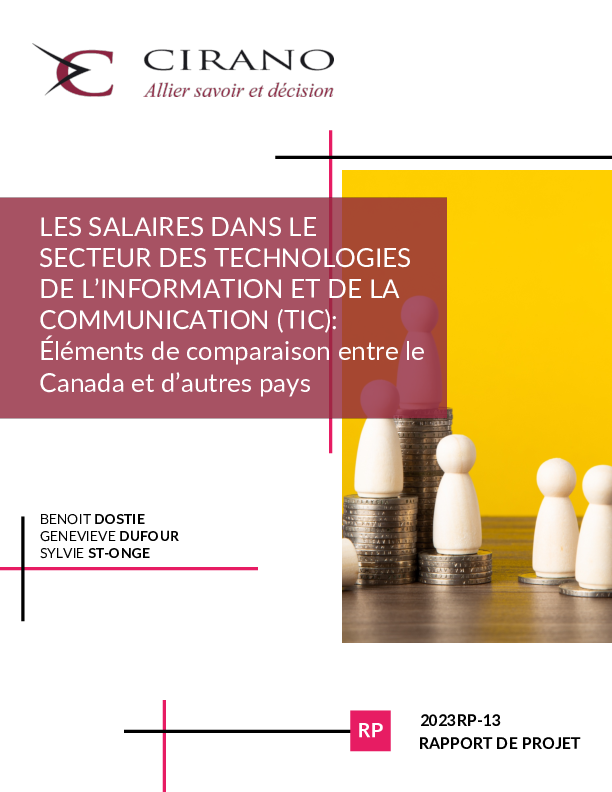Liberalization, Political Risk and Stock Market Returns in Emerging Markets
In this paper, we analyze hyper-return periods from 1976 to 1994 for 20 emerging stock markets. We define a hyper-return period as a calendar year during which a cumulative geometric return in excess of 70% is observed. According to this definition, the hyper-return periods represent 23% of the 279 country-year observations examined. First, a logistic model incorporating contemporary macroeconomic variables, market liberalization steps and political risk changes is used to explain hyper-return periods. Hyper-return periods are shown to be associated with political risk changes and with liberalization steps, whereas their relationship with changes in macroeconomic conditions is shown to be weak. Second, when a predictive model where aggregate price-to-earnings and book-to-market ratios and macroeconomic variables are used in addition to changes in political risk and liberalization steps, the latter variables play a predominant role.
[ - ]
